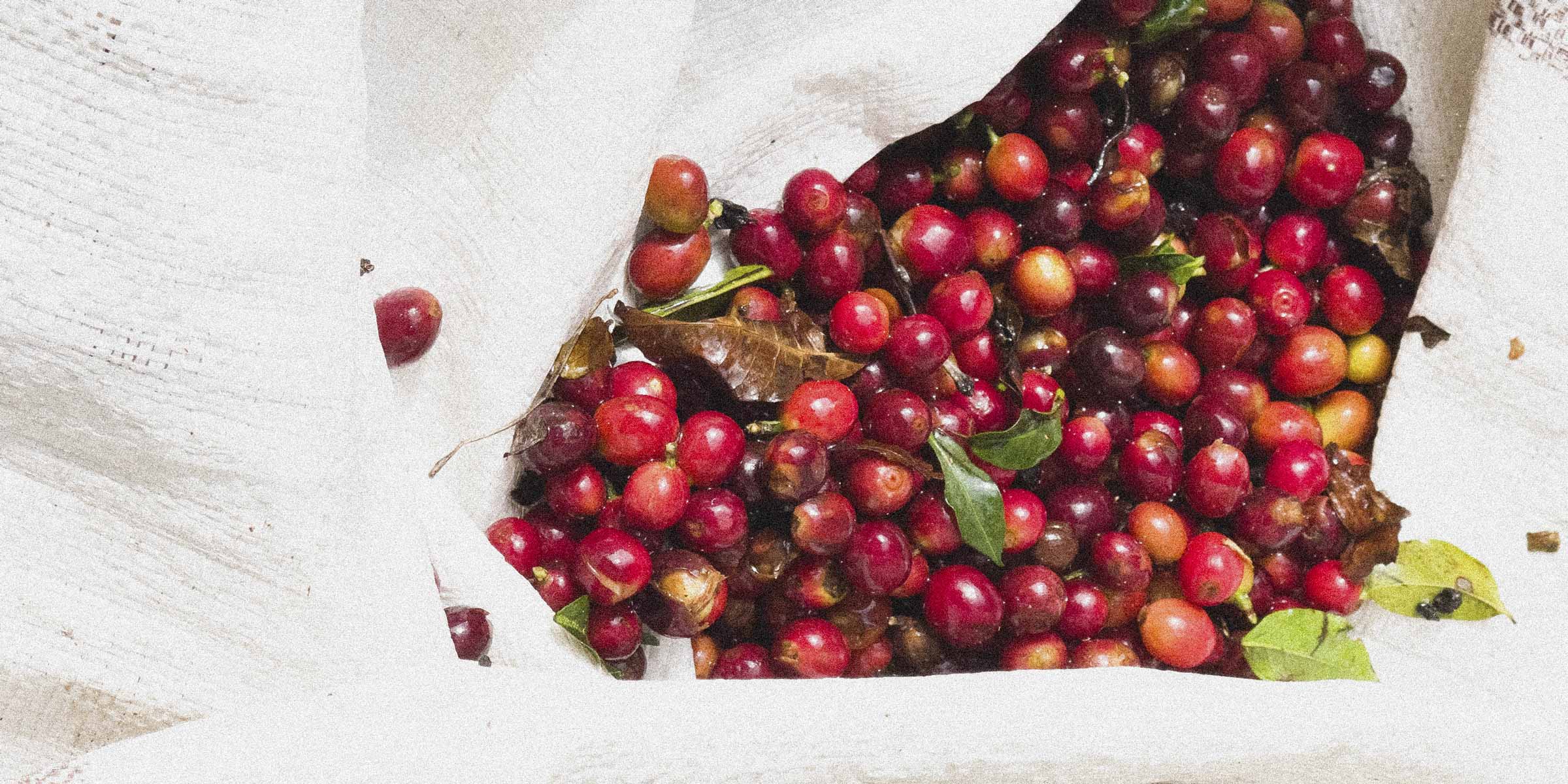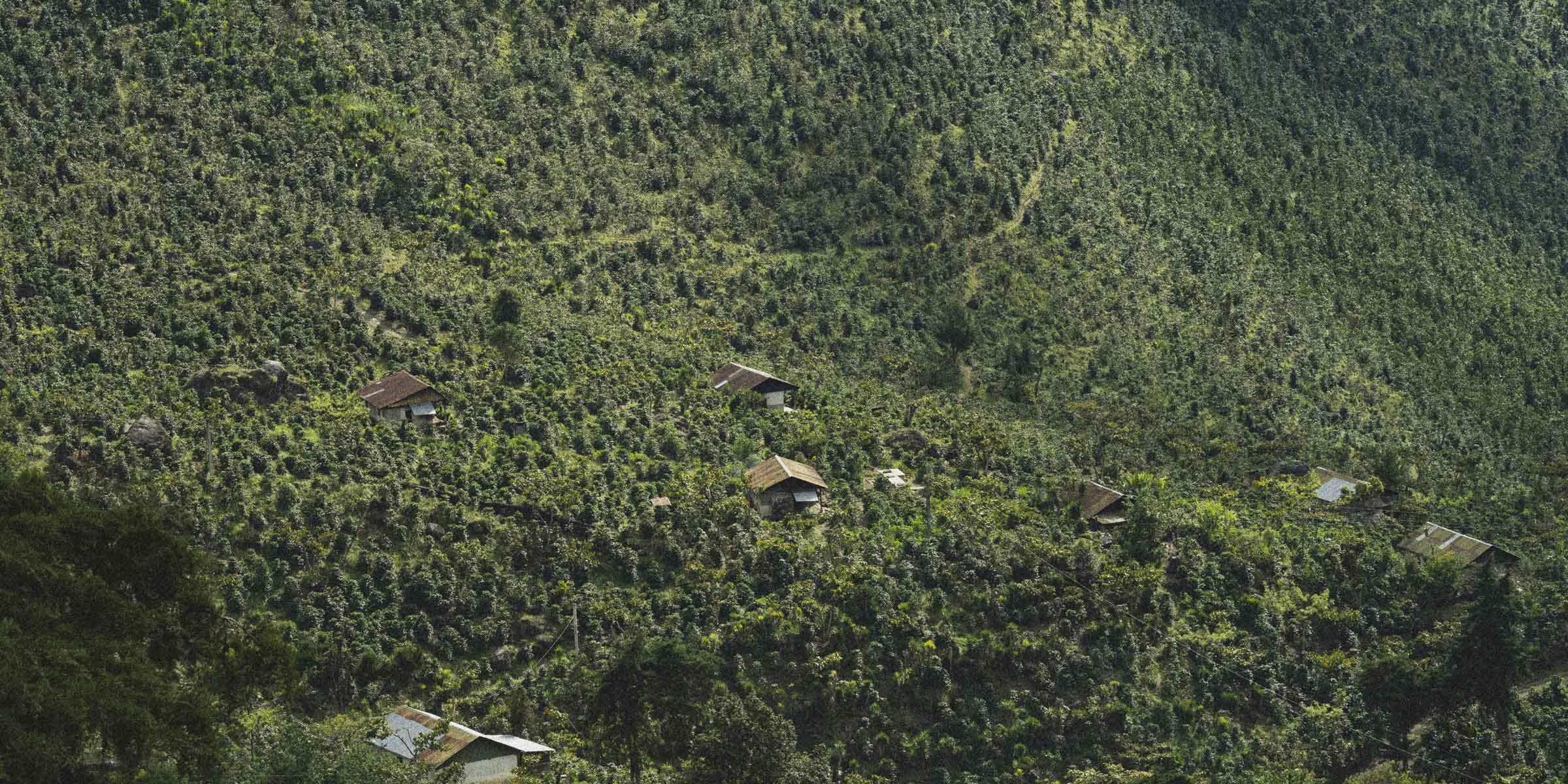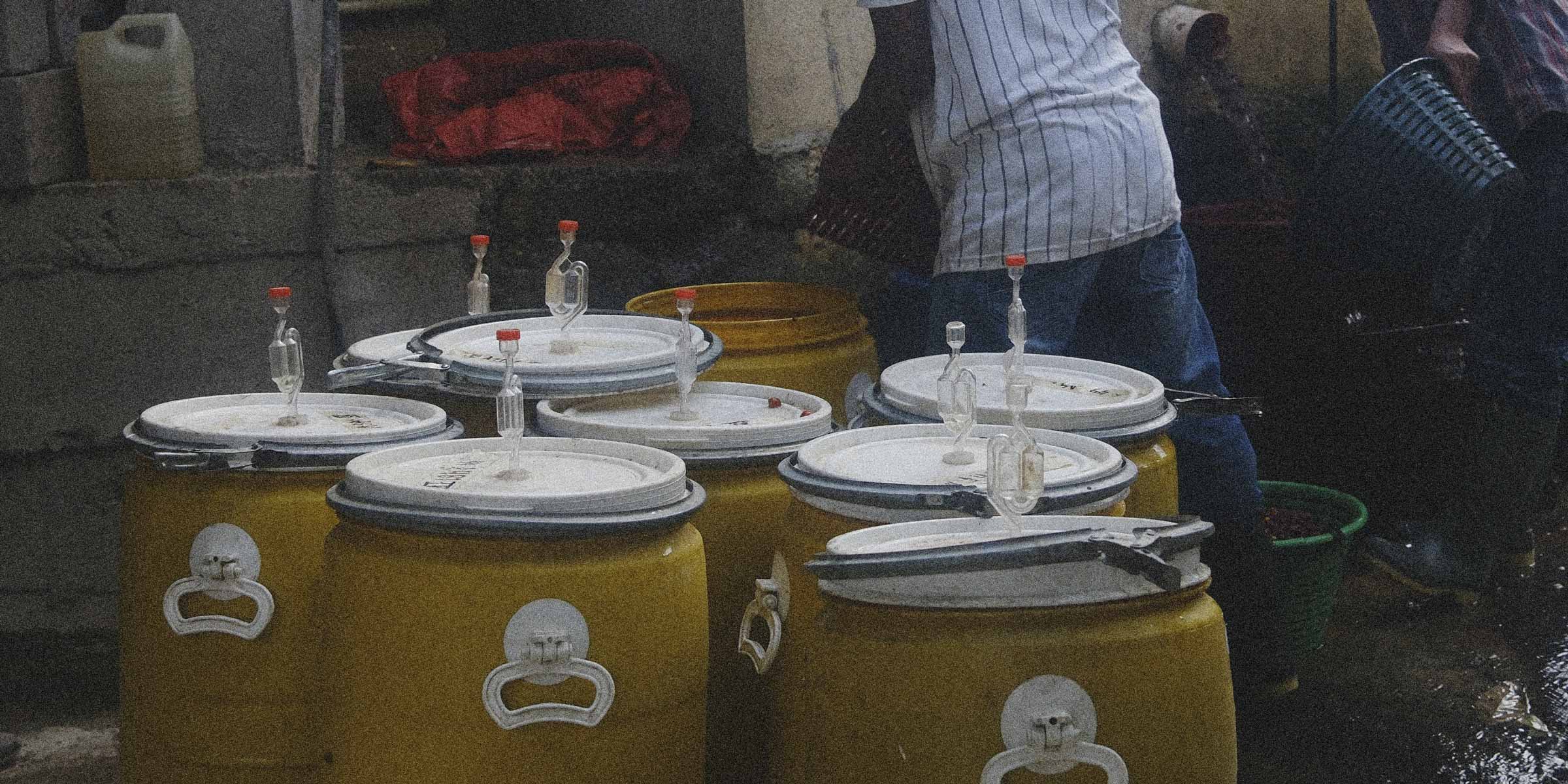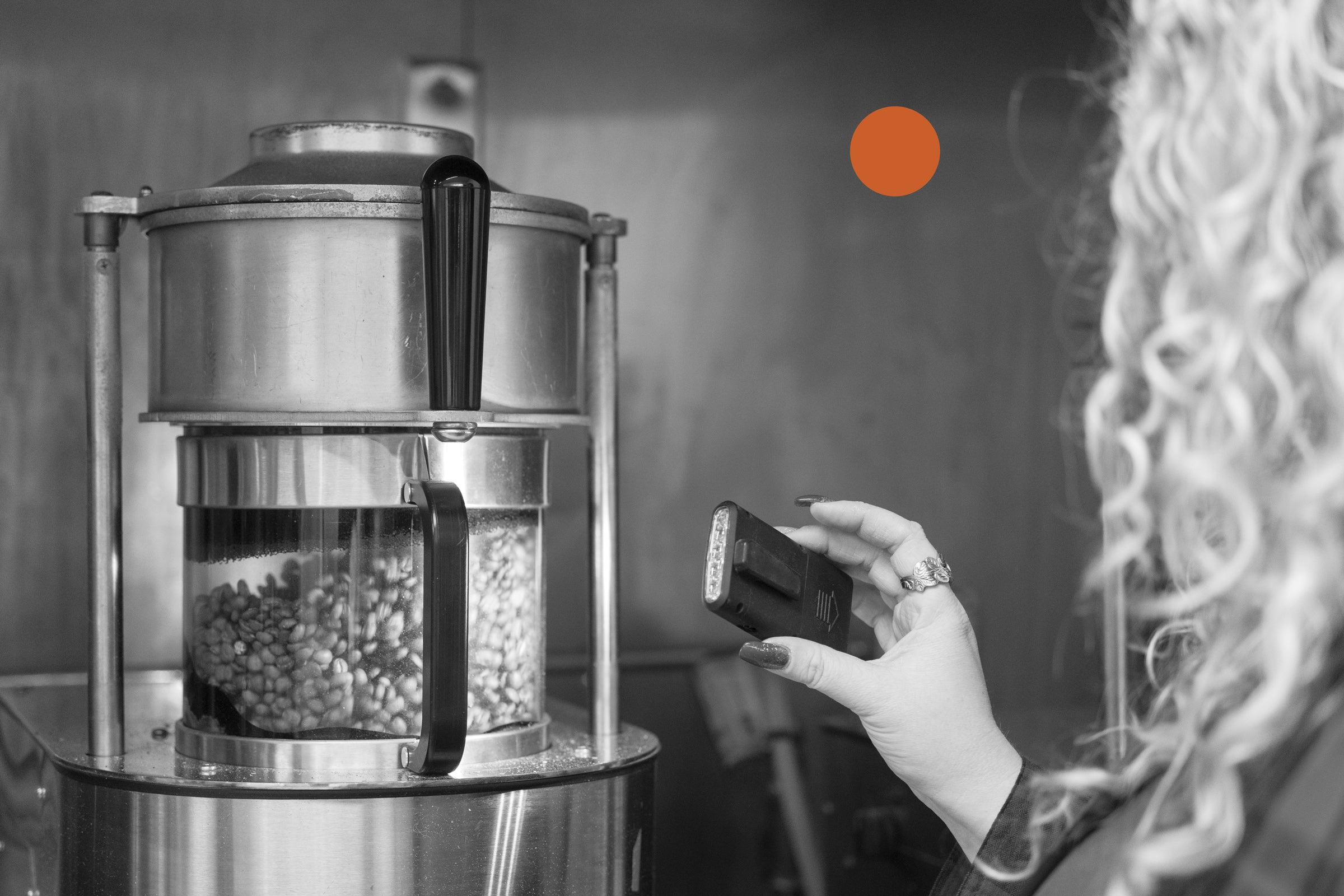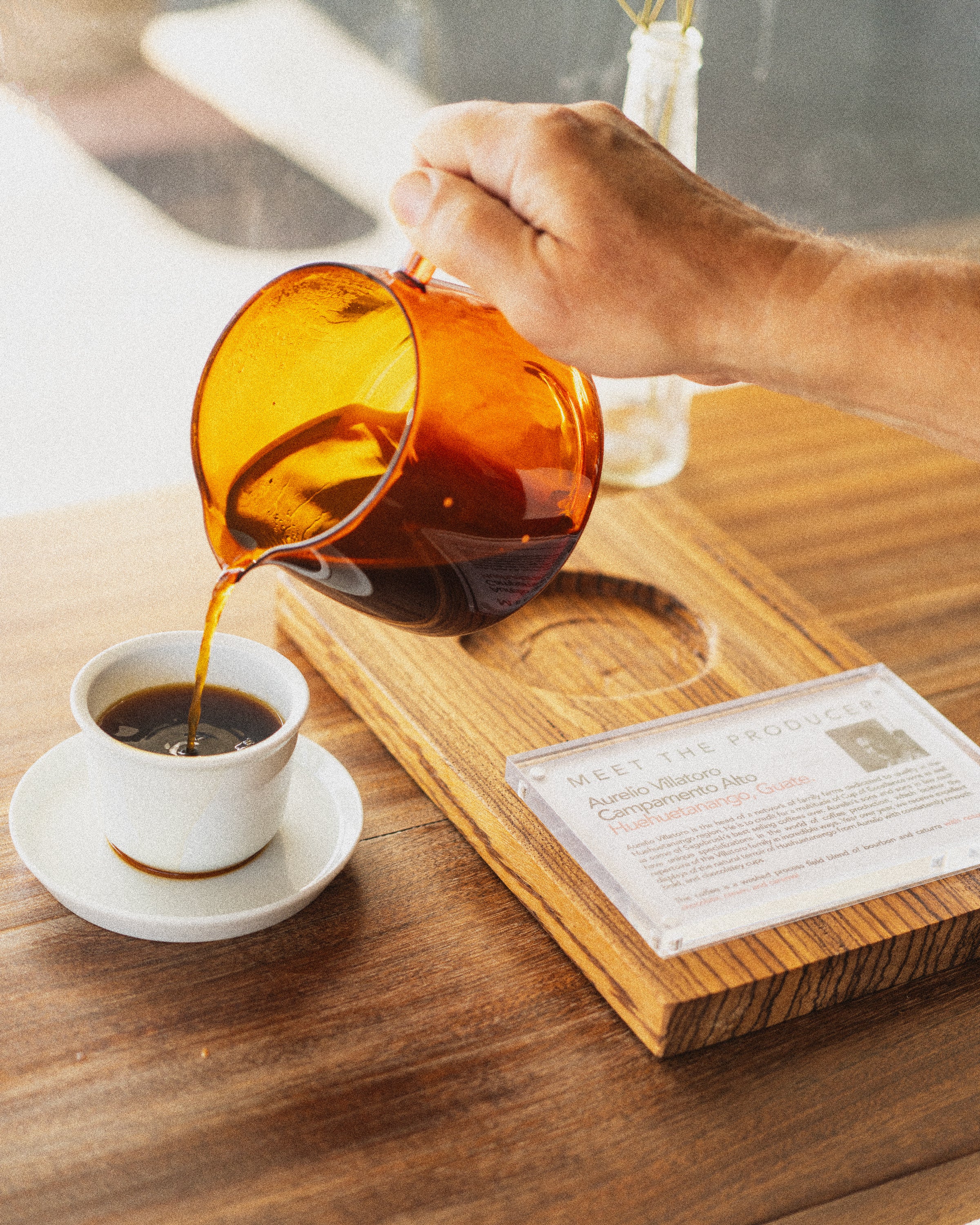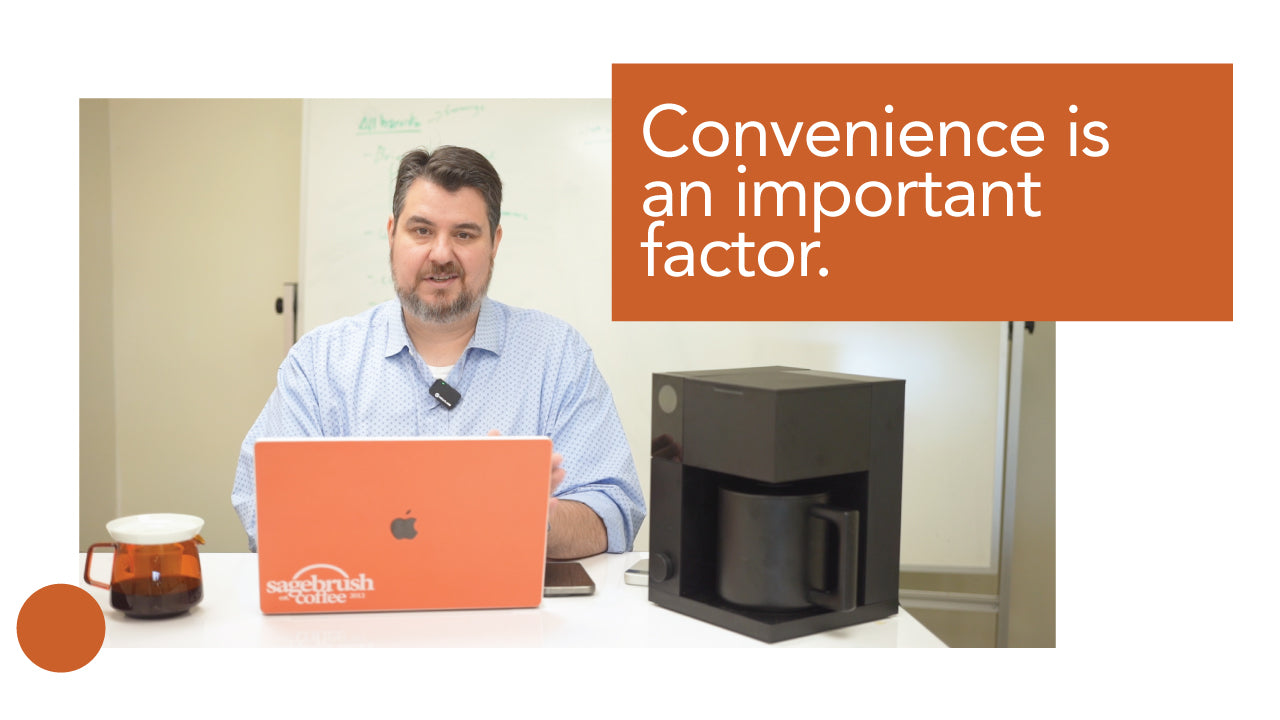Start with the basics •
Read our coffee 101 articleBrewing Coffee: The Final Chapter in Your Bean's Journey from Farm to Cup
Grind Size
Brewing coffee is all about extraction, the rate at which hot water pulls soluble compounds from the grounds. When you grind coffee, you're increasing surface area so water can access all that flavor and caffeine. Grind too fine and you'll over-extract, resulting in bitterness. Too coarse and you'll under-extract, leaving you with a sour, hollow cup.
Consistency matters more than most people realize. You want every particle the same size so they all extract at the same rate. Mixed sizes mean some grounds are over-extracted while others are under-extracted, and your cup suffers for it.
If you're going to invest in one piece of brewing equipment, make it a quality burr grinder. Variety might be the spice of life elsewhere, but when it comes to grind size, uniformity is everything.
Water Temperature
Different compounds in coffee, acids, sugars, oils, aromatics, dissolve at different rates depending on temperature.
Water below 195°F won't fully dissolve the good stuff. You'll under-extract and end up with flat, underdeveloped flavor. Water above 205°F pulls out compounds you don't want, bitter, astringent notes that overpower everything else.
Lighter roasts, which have denser cell structures, need slightly higher temperatures to extract properly. Since nearly all of our coffee at Sagebrush is light-roasted, we brew at around 208°F for our on-bar pour overs.
The easiest way to hit the right temperature consistently is with the right equipment. For V60 or Chemex brewing, we recommend a gooseneck kettle like the Fellow Stagg EKG. Set your temperature, and it holds. No thermometer required. Precision becomes effortless.
Brewing Method
Think of brewing specialty coffee like grilling a premium steak. You don't marinate A5 Wagyu, you add a dash of salt and cook it with precision. The meat doesn't need your help; it's already exceptional. You just have to not ruin it.
Same principle applies here. These beans were cultivated to showcase specific characteristics. We roast light so the origin shines through, not the roast. And we prefer brewing methods that let the coffee speak for itself, Chemex, V60, Moccamaster.
There are two basic extraction approaches: percolation and immersion. In percolation, water flows continuously through the grounds and a filter, think drip coffee or a V60. In immersion, water sits with the grounds, think French press or a cupping table.
Your brewing method determines your other variables. A Chemex has a thick filter that slows flow, so you'll need a coarser grind (sugar-in-the-raw size) to prevent over-extraction. A V60 has a thinner filter, so you'll grind finer (between table salt and powdered sugar) to slow the water down and avoid under-extraction.
The Most Important Variable
All of this assumes you're starting with quality beans. No amount of precision can rescue bad coffee.
That's where we come in. Direct-sourced, high-quality coffee is what we do, and when you brew it right, all that work from the farmers, exporters, and roasters finally gets to shine. We believe your morning cup at home can be just as good as anything from a coffee shop.
Grab some Sagebrush beans and put these principles to work. Your kitchen is about to smell incredible.
The Coffee Journey
Explore all that goes into your morning cup
